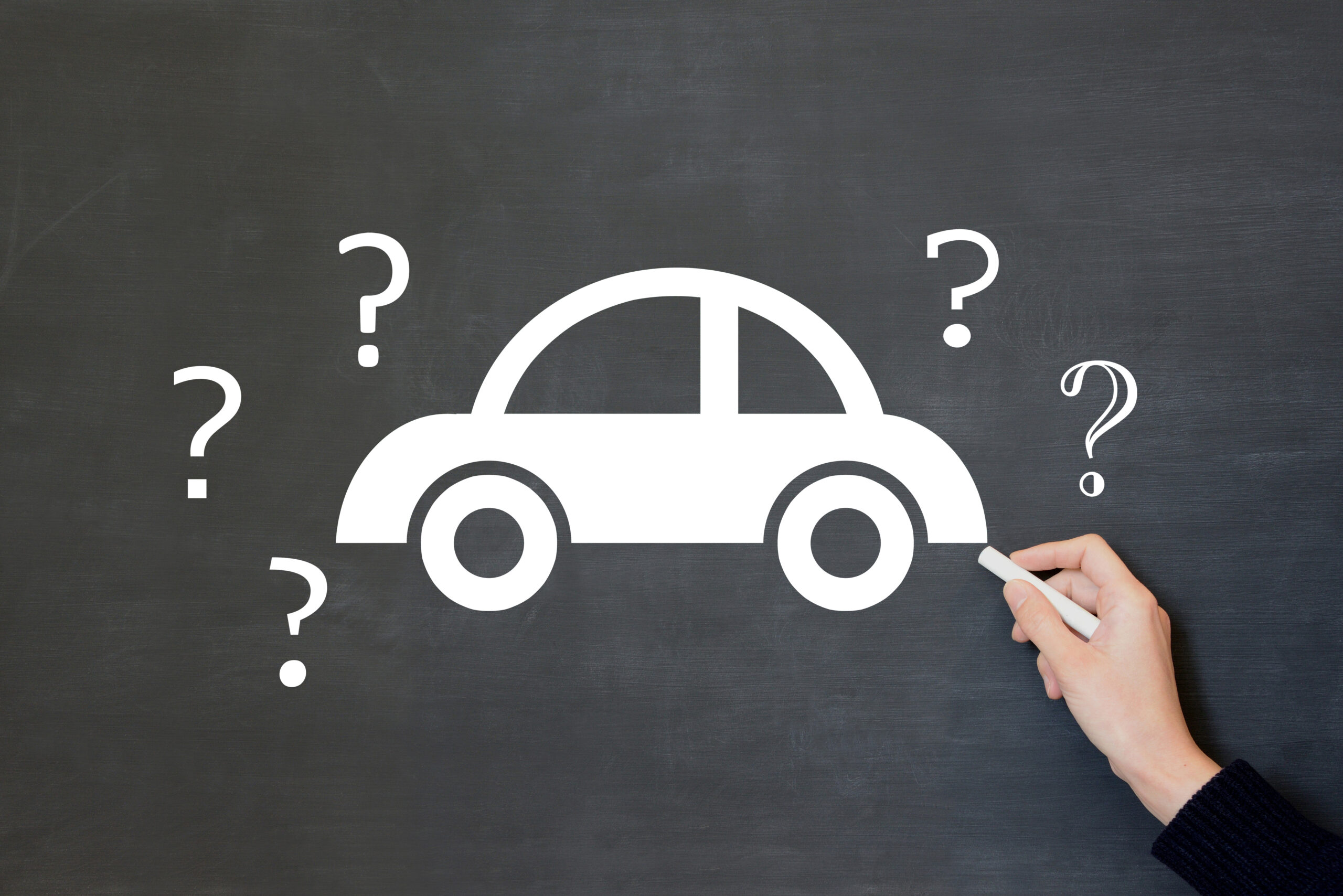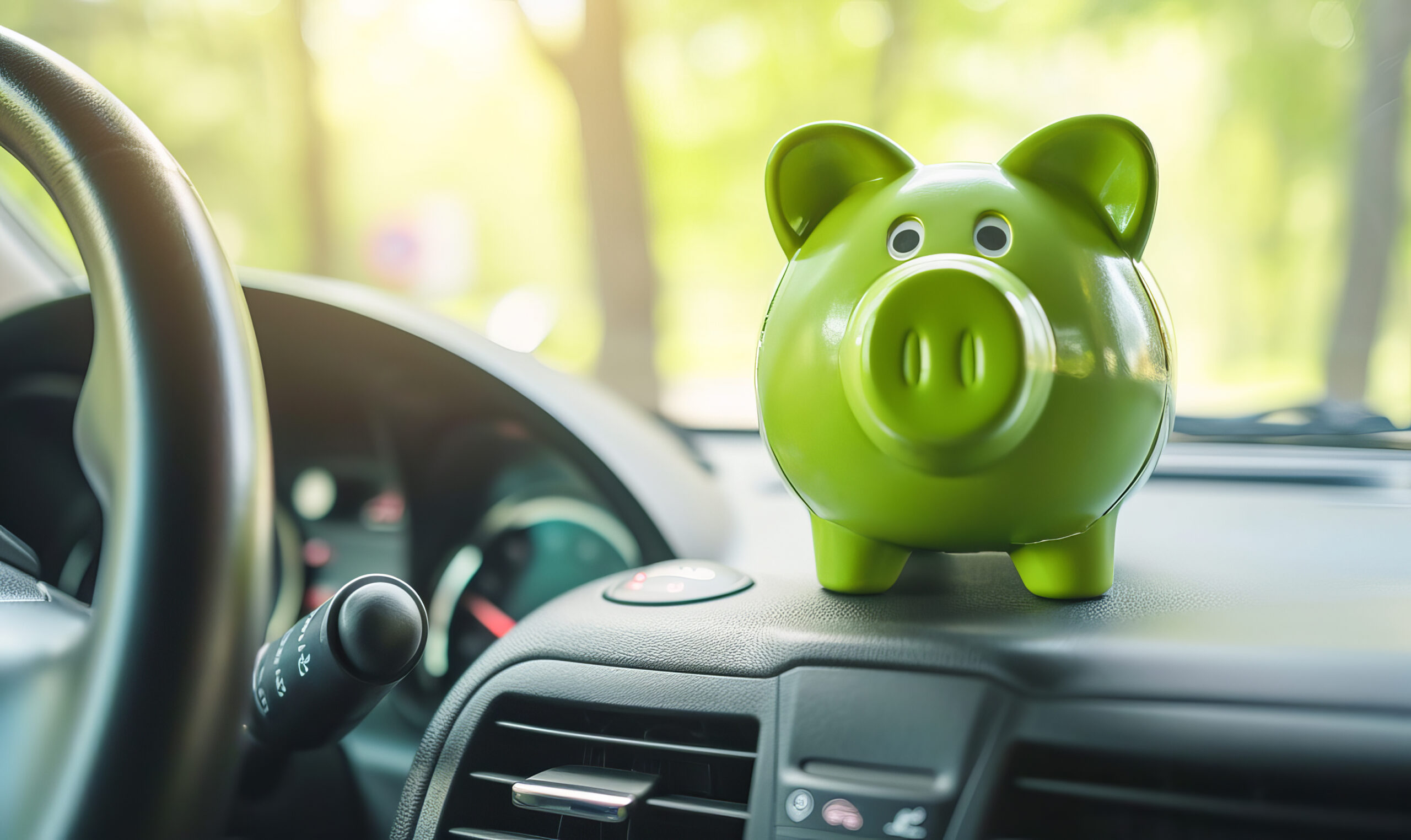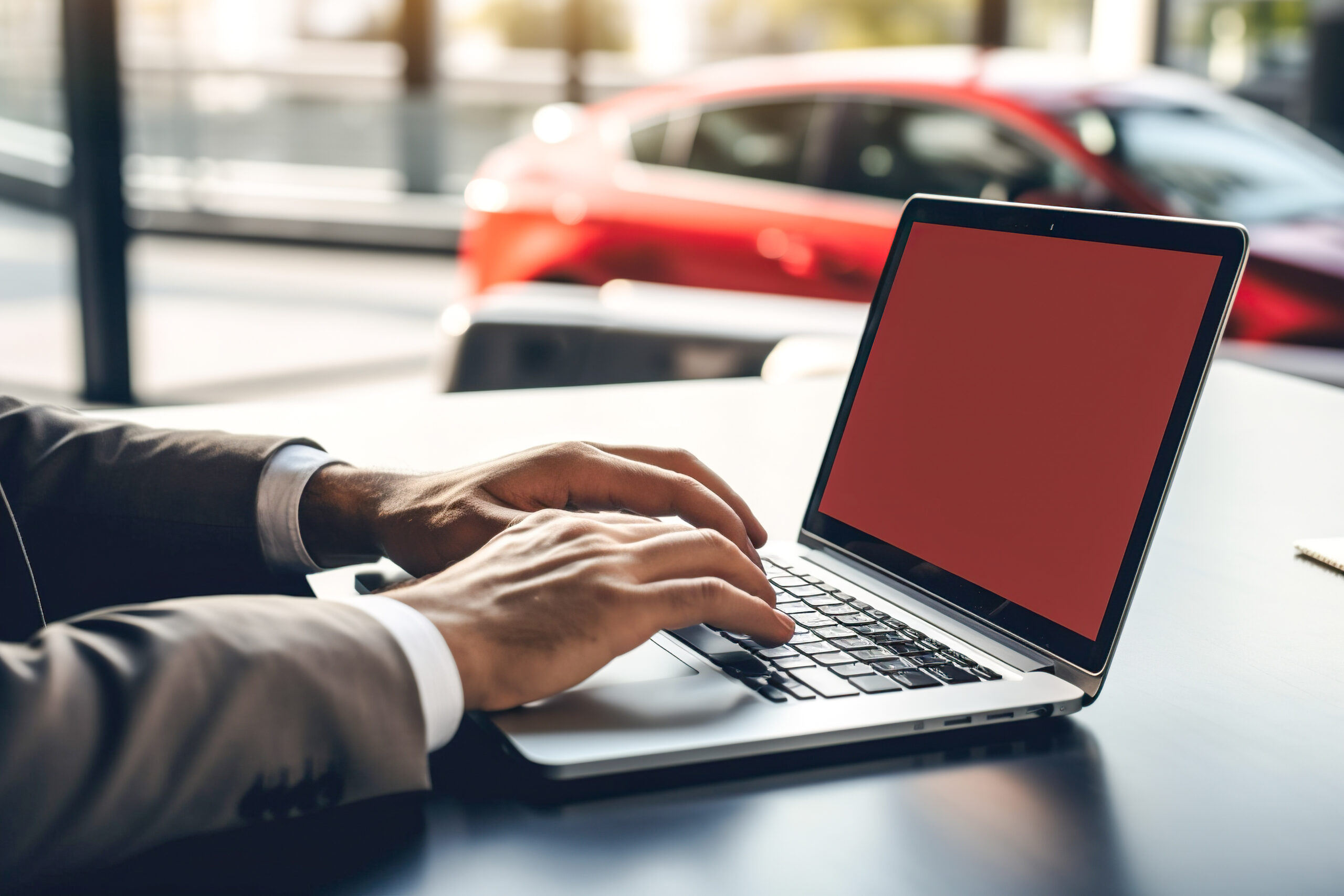
What Happens at the End of a Car Lease?
As your car lease term approaches its end, it’s important to understand the processes and options available to you. Knowing what to expect and how to handle the conclusion of your lease can help you make informed decisions and ensure a smooth transition. This guide outlines the key steps and options at the end of a car lease.
Understanding End-of-Lease Processes and Options
- Return the Vehicle
At the end of your lease, you are typically required to return the vehicle to the leasing company. Arrange for a return appointment and ensure that the car is in good condition. The leasing company will inspect the vehicle for any excess wear and tear, as well as check that the mileage is within the agreed limits.
- Review Your Lease Agreement
Before returning the vehicle, review your lease agreement to understand your obligations and any potential charges. Pay attention to the terms related to excess mileage, wear and tear, and any end-of-lease fees. Knowing these details can help you avoid unexpected costs.
- Address Excess Wear and Tear
If your vehicle has any damage beyond normal wear and tear, you may be charged for repairs. Address any minor issues before returning the car to avoid additional fees. Some leasing companies offer wear and tear protection plans that may help cover these costs.
- Pay Attention to Mileage Limits
Check the mileage on your vehicle against the limits specified in your lease agreement. If you have exceeded the mileage limit, you may incur additional charges. Consider this when planning your end-of-lease process and discuss options with your leasing company if necessary.
- Consider Purchasing the Vehicle
Many leases offer a purchase option at the end of the term. If you wish to keep the vehicle, you can buy it at a pre-determined price, known as the residual value. Evaluate the vehicle’s market value compared to the buyout price to decide if this is a worthwhile option.
- Explore Lease Renewal or New Leasing Options
If you’re interested in getting a new vehicle, you can explore lease renewal or new leasing options. Some leasing companies offer incentives for existing customers to renew their leases or start a new one. Review available offers and promotions to find a deal that suits your needs.
- Schedule a Lease-End Inspection
Before returning your vehicle, schedule a lease-end inspection with your leasing company. This inspection will assess the condition of the car and identify any potential charges. Completing this step can help you understand what to expect when you return the vehicle.
- Prepare for the Return
Clean the vehicle and remove any personal belongings before returning it. Ensure that you have all necessary documents, such as the owner’s manual and any spare keys, ready for return. Properly preparing the vehicle can make the return process smoother.
- Settle Any Outstanding Payments
Make sure all payments, including any end-of-lease fees or charges, are settled before returning the vehicle. Check your lease agreement for any final payment requirements and ensure that your account is in good standing.
Check Our End-of-Lease Offers for New Deals
As you approach the end of your lease, check our end-of-lease offers for new deals. We provide a variety of options to help you transition smoothly, whether you’re interested in purchasing your current vehicle, renewing your lease, or starting a new one. Visit our website to explore the latest offers and find the best deal for your next vehicle.
Conclusion
Understanding the end-of-lease process helps ensure a smooth transition when your car lease term concludes. By preparing for the return, addressing any issues, and exploring new lease or purchase options, you can navigate the end of your lease effectively. For end-of-lease offers and new deals, visit our website to find the best options available.









